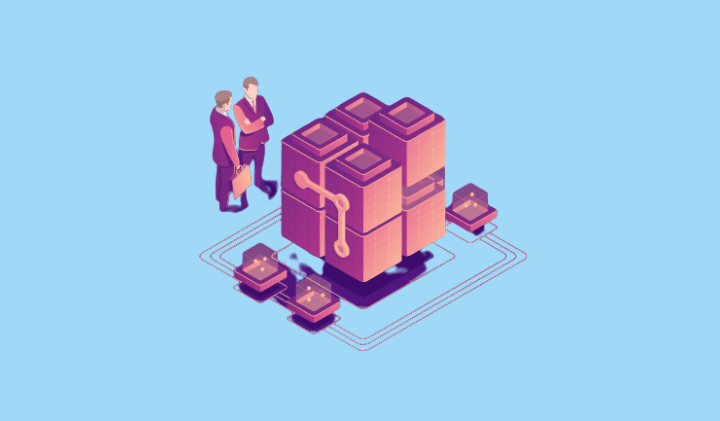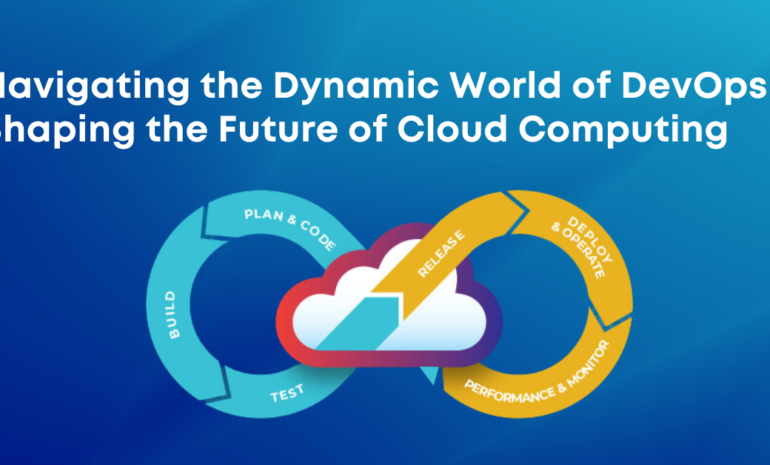How Kubernetes Reinvented Virtual Machines?
What do you feel when you hear about Kubernetes? It’s simple; it’s complicated, or somewhere in between? Since its inception, Kubernetes has been deemed a significant development over the years old deployment techniques. Kubernetes-as-a-Service is a natural upgrade of the development techniques of the past.
There is little difference between running services on virtual machines and how Kubernetes functions. Hypothetically, let’s consider someone utterly new to scaling operating services via technological evolution that would help you to understand contemporary approaches.
Deploying services via Virtual Machines
In 2010, deploying applications via virtual machines was a common phenomenon. These machines were also bare-metal at times. These machines represented either a box or a singular instance of service.
The service would be a group of identical machines distributed across a distinct network. Considering the scale of the business, you can choose as many boxes as you want across multiple services for production traffic.
Challenges that come with Deploying Services with Virtual Machines
What happens most often is that the machine’s size ultimately defines how provisioning, scaling, service discovery, and deployment are done. Here:
Provisioning suggests ‘installing Operating Systems & packages.’
Scaling means ‘bringing forth identical boxes.’
Service Discovery ‘A single name is used to hide a pool of boxes’
Deployment, ‘New code versions are shipped to boxes.’
Small organizations usually provide a few small pet-like boxes quarterly or via a semi-manual process. Moreover, this could only mean a low bus factor will exist without automation. Additionally, there would be a sub-par security posture without irregular patches, and disaster recovery would take longer.
However, as the organization is small, the administration cost will be significantly low, and there will be no scaling requirements. Also, deployment would be simple with trivial service discovery.
The case would be entirely different for an organization with large boxes. When the numbers of machines are high, it would need much more frequent provision of new packages. Then you’d introduce automation and later end up with several cattle-like boxes. When those boxes need to be recreated occasionally, the bus factor will also increase, and with it, the security stance. There is a dark side to the side, which can be described as inefficient scaling, complicated deployments, and frail service discovery. Even the operational cost will be high.
Conventionally, Virtual Machines were used significantly to isolate both applications and dependencies. This procedure would ensure that they would run repeatedly across several environments. Nevertheless, VMs are extremely resource-intensive; and slow during startups, reducing scalability. There was always room for improvement, and that’s what Docker and further Kubernetes aided with.
How did the Dockers solve this problem?
During the yesteryears, there were additional development and production environments. And this is where the problem arose. An app recently developed might work on a Debian machine, but it’d fail to start on CentOS during production because of missing our dependencies. On the contrary, installing app dependencies locally would also incur trouble. Nevertheless, running a pre-provisioned VM per service as per development will be impractical because of high resource necessity.
Virtual Machines, even Linux VM, caused problems during production. Find how Docker addresses several issues that come with VMs:
Isolation: All Docker containers come with a process level of isolation in which every single container runs as an isolated process with its own network, filesystem, and process space. Nevertheless, they share the host machine’s kernel, which further makes them incredibly lightweight compared to VMs.
The efficiency of Resource: VMs require an entirely distinctive OS for each case scenario that furthermore consumes tremendous system resources. Contrastingly, docker containers also share the operating system of the host machine kernel, enabling them to be small and much more efficient. This furthermore eliminates the need to duplicate the OS, which ultimately leads to reducing memory usage, which provides faster startup time.
Rapid Deployment & Scaling: Docker empowers rapid scaling and deployment of several applications. Furthermore, the container can begin and stop as per will, which allows faster deployment & scaling of the application—tools such as container orchestration and Docker Compose, such as Kubernetes. Applications will be further managed and scaled across different containers and hosts.
Versioning and Rollbacks: By the looks of it, Docker has versioning capabilities, allowing developers to manage and tag different versions of container images. The feature helps in enabling seamless rollbacks to previous versions if required. Developers will be able to share and, at the same time, distribute container images via Docker registries, allowing an easier way to collaborate and share application components.
For more details on Kubernetes and Docker, contact our expert at info@cloudzenix.com.





